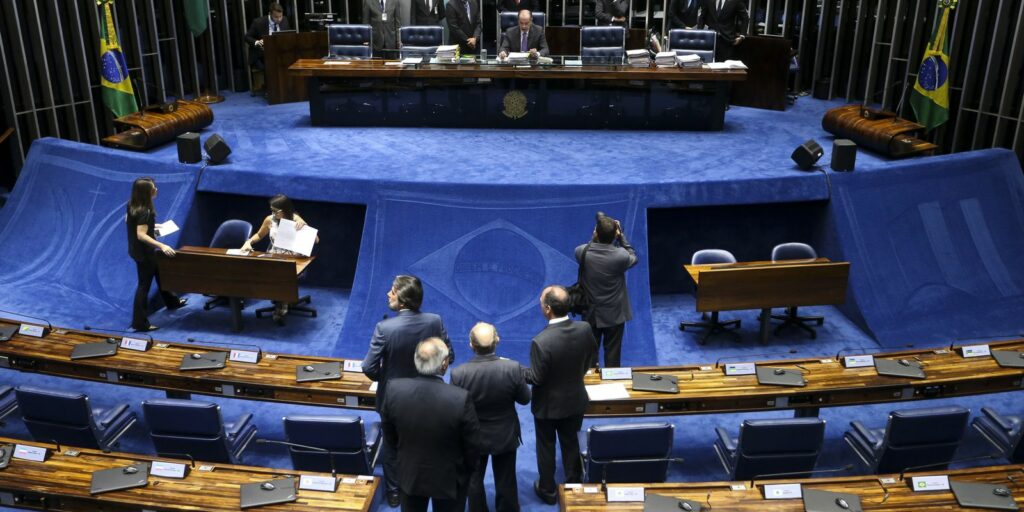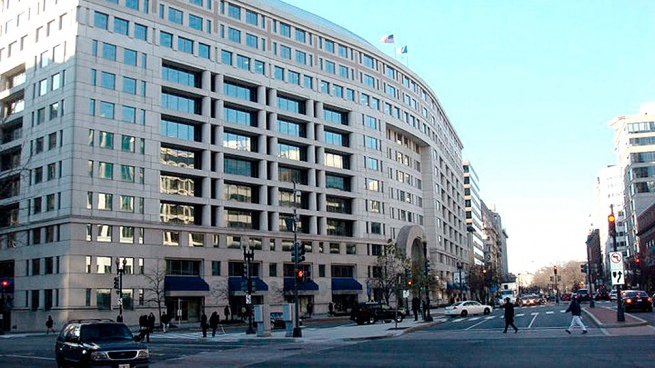October 12, 2022, 4:00 AM
October 12, 2022, 4:00 AM
The second technical meeting of the census held yesterday in Santa Cruz ended the same as the appointment on August 15, since the Government decided to keep the date of the survey for 2024. Of course, this time, the National Institute of Statistics (INE) revealed the complete schedule of the operation that will mobilize more than 300,000 people.
The INE census director, Martha Oviedo, explained —in this scenario— the progress of the process and revealed the deadlines for the final delivery of the new official population data. The publication of this information will be in two stages, the first with national data and by department, in August 2025 and the next until the end of 2026, when “specialized thematic studies” are made public. By then, Bolivia will have already renewed, through the vote, political power.
“(The data) we are going to give by population, and by municipality 12 months after the census.either. That is the initial information. Subsequently, many studies are made by themes, for example, fertility, mortality; poverty, youth, children, elderly. All this information will continue to be processed and we will surely work with the universities, so that they can carry out the study of the results and for that we have given ourselves up to 16 months after the census to be able to have the results”, Oviedo specified when showing the graphic representation of the calendar to authorities and technicians who participated in yesterday’s meeting.
The specialist presented “the great activities” of the census on the basis of Decree 4760, the regulations that project the great survey for a day, not yet defined, of May and June 2024. The date is rejected by the Santa Cruz institutions that see the risk of “electoral politicization” with this calendar.
The fiscal pact depends on the results of the census, the tool of the Law of Autonomies that is used for the distribution of resources to the departments depending on the number of inhabitants of each region.
The Minister of Planning, Sergio Cusicanqui, pointed out that “a fiscal pact has already been established”, but specified that with the update of the demographic data “new redistribution factors will be applied” of the resources that come from the tax co-participation. This is based on the number of inhabitants that each of the 348 municipalities has.
Santa Cruz is one of the departments that has grown the most. It is projected, according to the INE, that the region will have 3.5 million people until the end of this year, a third of the total population that will live in Bolivia. That is why municipal governments demand census data to have a greater amount of resources to favor the country’s population and carry out policy planning based on updated information.
Cusicanqui acknowledged, in a contact with EL DEBER-Streaming, that these consequences of the census exist, but that at this time the Government “is only focused on INE and, within this framework, to provide quality results that are not observed by any region of the country.
Representatives from the Federation of Municipal Associations (FAM) and Amdecruz participated in yesterday’s meeting, in addition to Mayor Jhonny Fernández. Also present was Daniel Allende, a specialist from the United Nations Population Fund (Unfpa), and virtually Carolina Cavada from the Latin American and Caribbean Demographic Center (Celade), a specialized unit of the Economic Commission for Latin America and the Caribbean (ECLAC). .
“Despite the technological progress of recent years, the processing of census data is usually within the range of 12 monthssince the questions of previous censuses were simpler than those of now”, Allende pointed out regarding the delivery time of the data.
But the Gabriel René Moreno Autonomous University (Uagrm) put forward a proposal to shorten the deadlines so that the census is done in 2023, a date that will allow updating the fiscal pact. He did so due to the need to have current population information. In addition, “there is real concern about the growth of students who, every year, seek a space in the country’s public universities,” said the rector of the academic institution, Vicente Cuéllar.
But the University’s proposal was publicly described as “incomplete” by the Government. But then the meeting was called for the plan to be explained “technically”. The Uagrm and the rest of the representatives of the Inter-institutional Committee declined to participate in yesterday’s technical table due to “the mandate” of the council that was held on September 30 to demand the census in 2023. Recognized by the Supreme Electoral Tribunal (TSE), that assembly gave a deadline until October 21 to reschedule the survey until the year. If that doesn’t happen, the region will go on an indefinite strike.
Cuéllar recalled that he requested information from the INE since February of this year, before the Census Committee was created.. Then, the Institute assured that the census was going to be carried out in November of this year, as was established in decree 4546 that declared it “a national priority.” The norm was replaced by Decree 4760 that marked the survey for 2024.
The census data will also be used for the reassignment of seats in the Legislative, based on the number of inhabitants that exist in each region. Santa Cruz hopes to increase three more legislators. Cusicanqui pointed out that this consequence also exists, but insisted on the objective of having a “quality” operation. He also considered that Decree 4760 “should not be an obstacle” to dialogue with all the authorities of Santa Cruz.
Mayor Fernández, who was in yesterday’s dialogue, announced his observations on the calendar. First, he sent 11 questions to the INE. One of them questions the INE for the extended deadlines and for the time of “27 months” to process the final census data. Yesterday he asked again for explanations for the extended deadlines.
The census was postponed on July 13. Until then, the INE and Cusicanqui himself confirmed the census for November of this year. The minister announced, when questioned at the end of June in the Legislature, that the cartographic update would be ready by the end of August. Yesterday, Oviedo confirmed the progress of this process, which, on a national scale, is at 30% and revealed that the entire process was going to take 15 months.
The Census Route, an organization that brings together experts from all over the country and representatives of the municipalities, maintained close coordination with the INE until July. “When they realized that they had not advanced, they decided to postpone it. There entered a more political criterion. They postponed until a point in which, eventually, they do not have data to make the recalculations in fiscal and electoral matters. They should be honest”, said Mario Galindo, director of the entity.
















